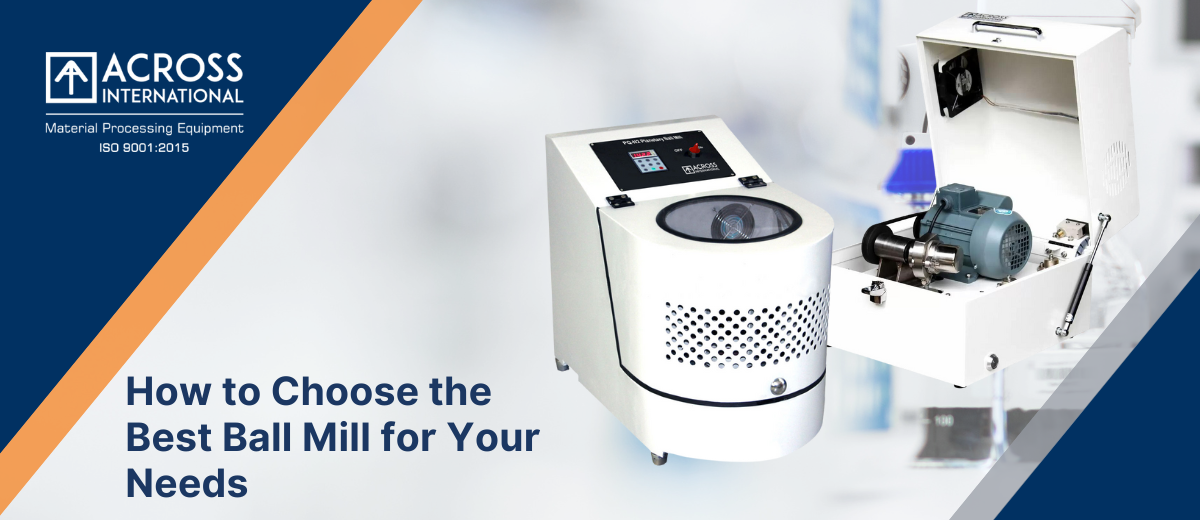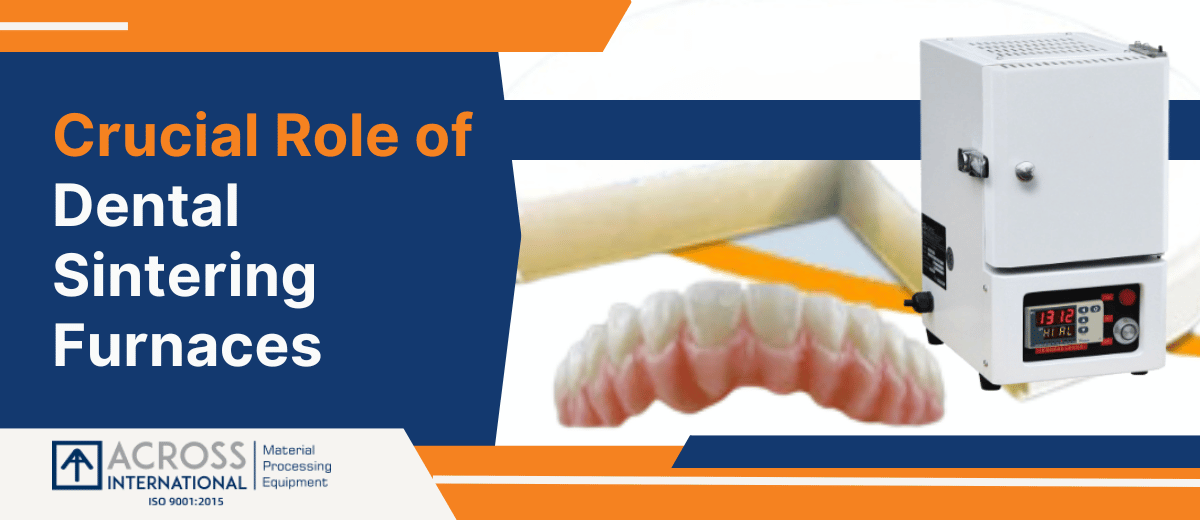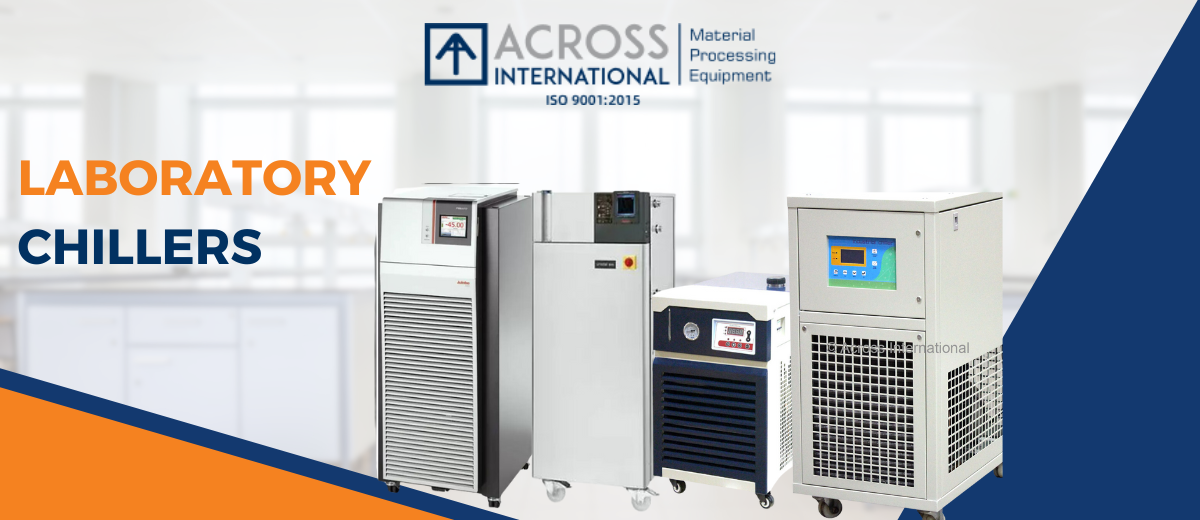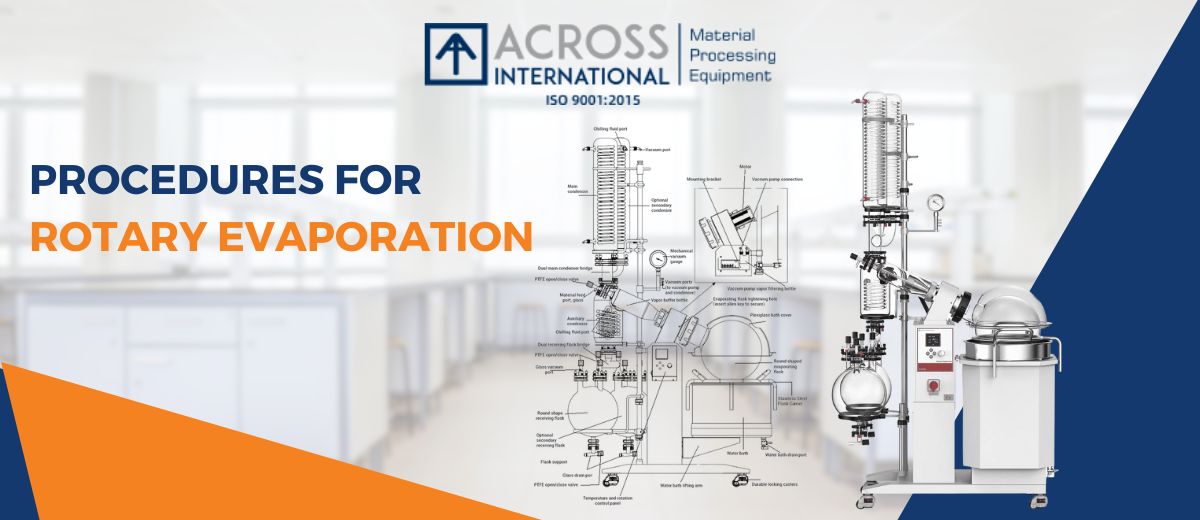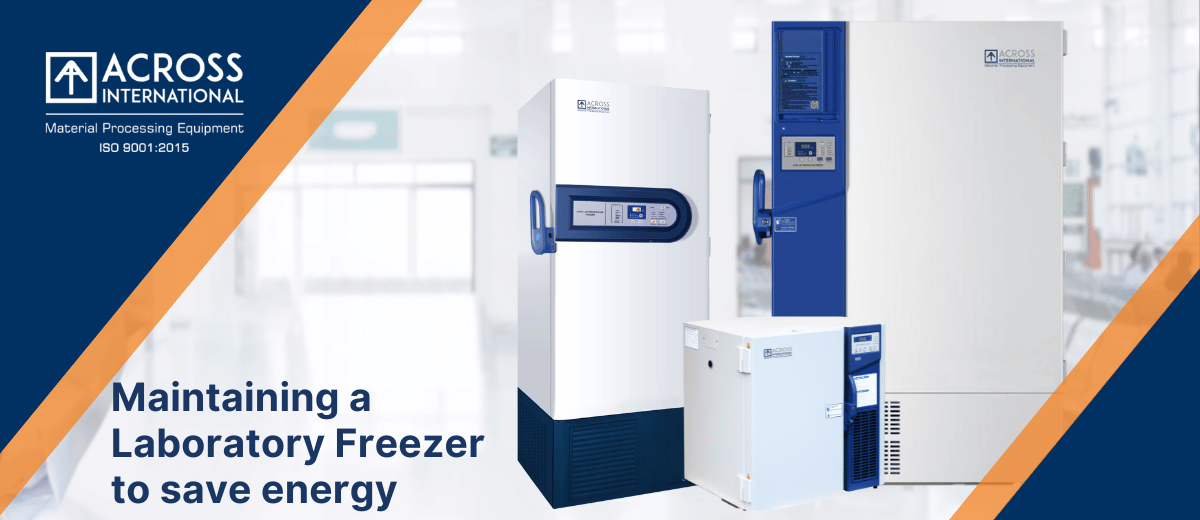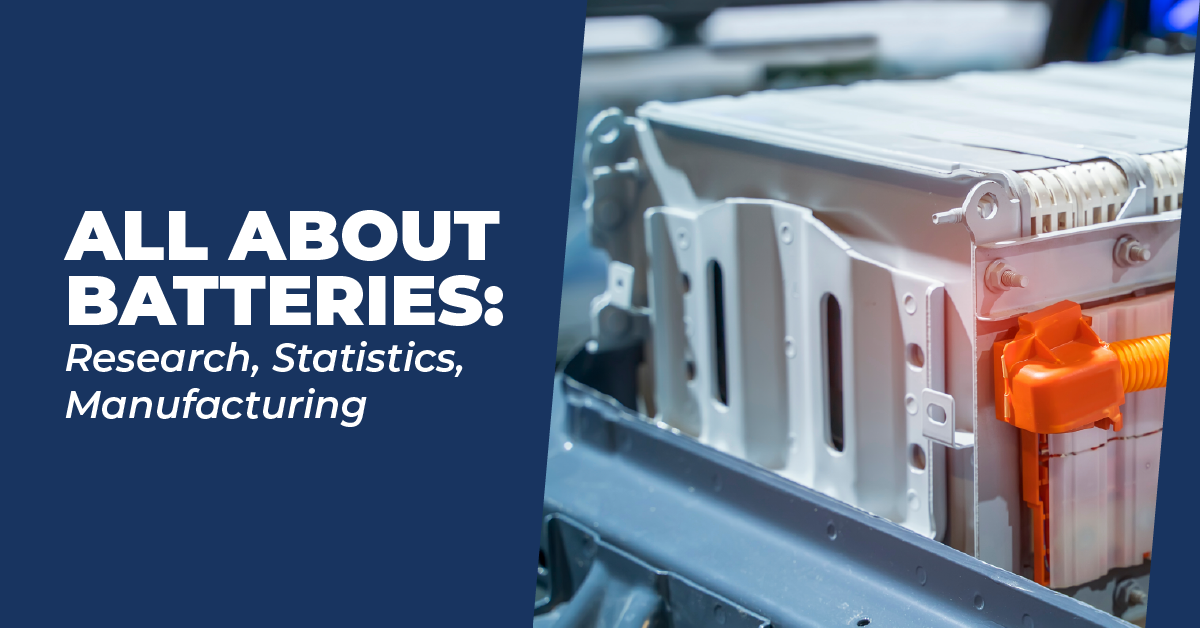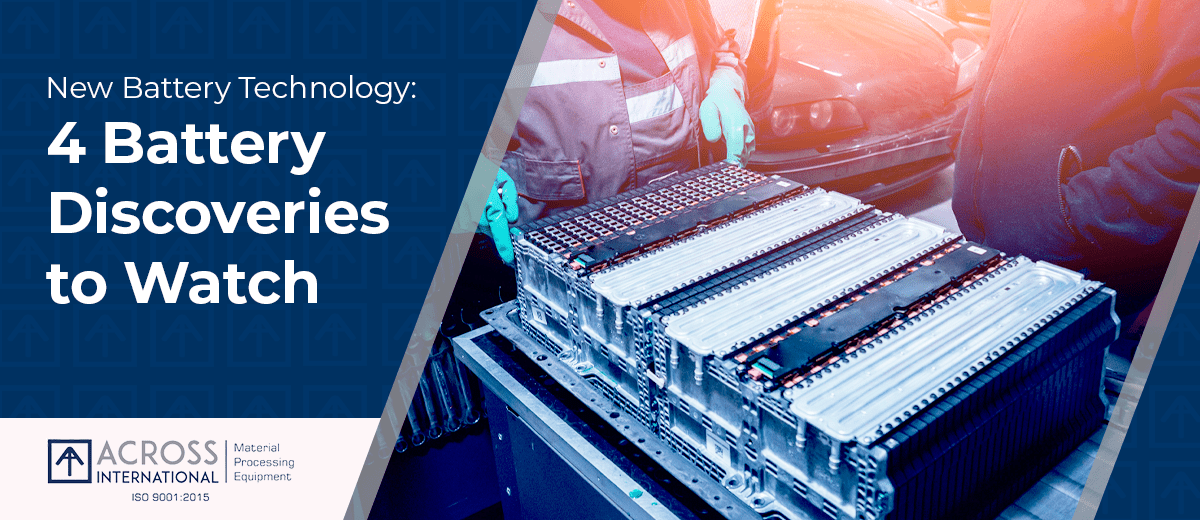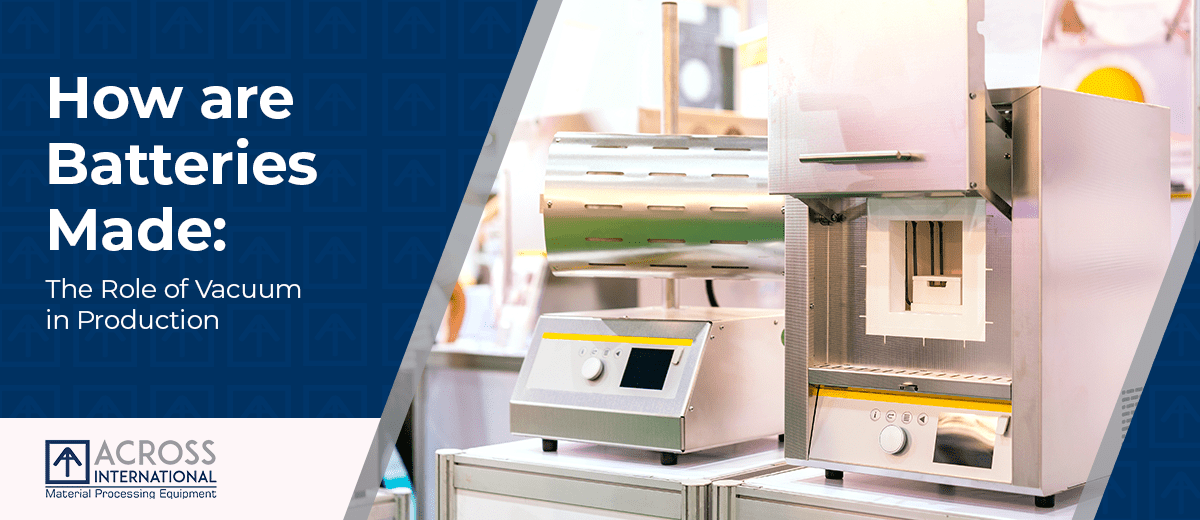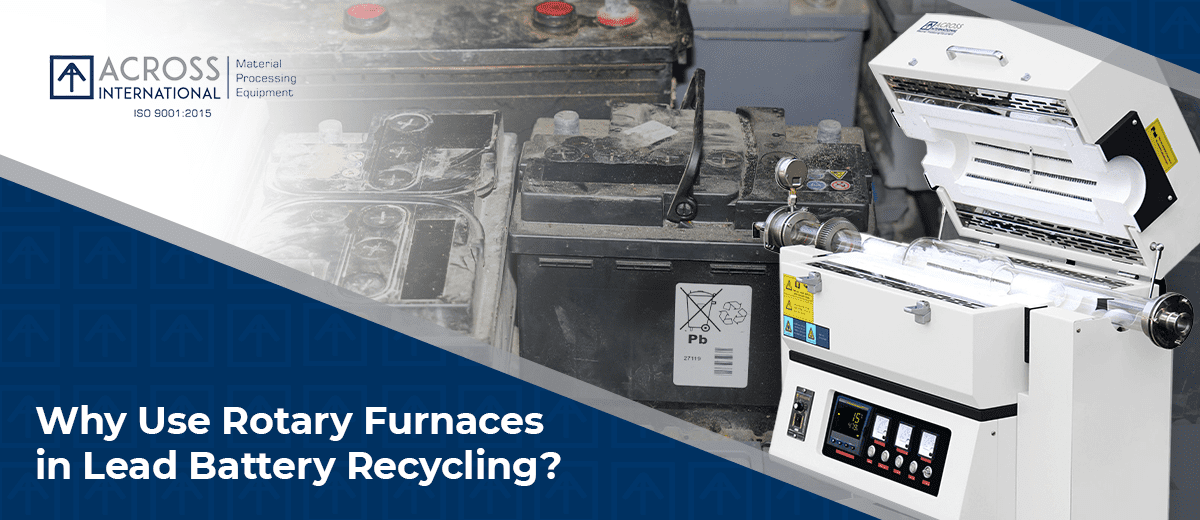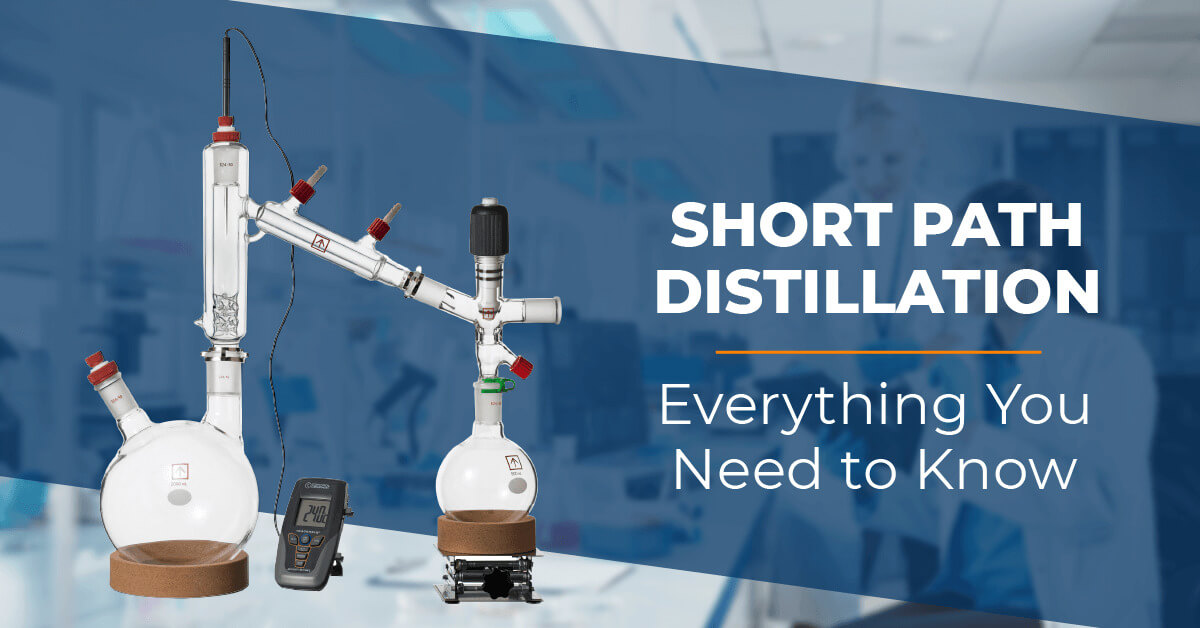We use cookies to make your experience better. To comply with the new e-Privacy directive, we need to ask for your consent to set the cookies. Learn more.
Flash sintering furnace - new way to ultra-fast sintering ceramic up to 3000C in less than 10 seconds
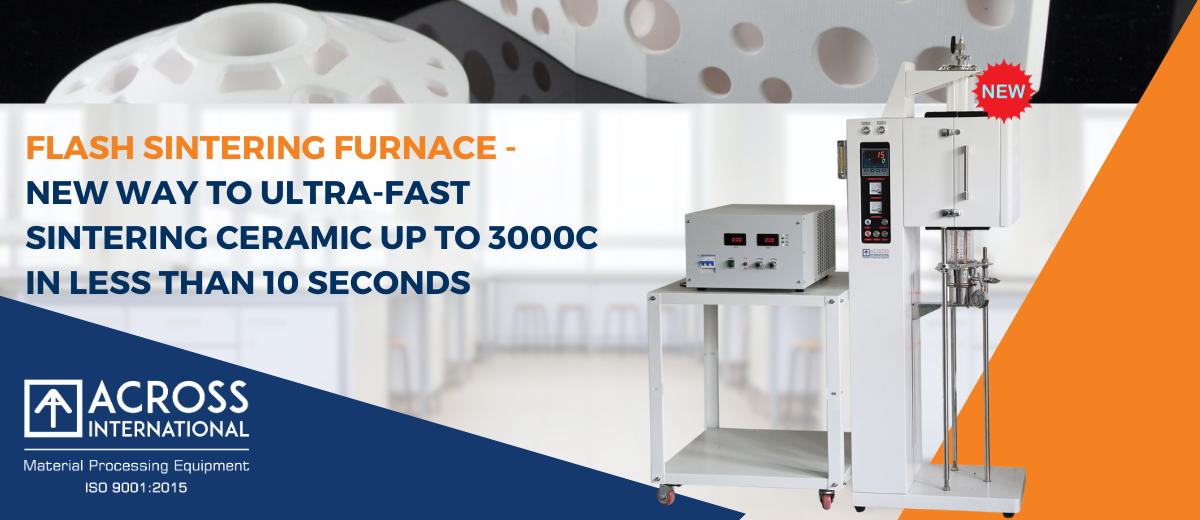
Traditional heating methods like box furnaces pose several challenges for ceramic synthesis, and your points highlight the key limitations:
Bulkiness and inefficiency: Box furnaces require heating the entire space, leading to wasted energy and slow heating times. This is impractical for large-scale production and increases operational costs.
Non-uniform temperature: Inhomogeneity in the heating zone creates inconsistencies in the final ceramic product, affecting its properties and potentially compromising its desired performance.
Limited temperature range: Reaching high temperatures (>1500°C) can be challenging or impossible with furnaces, restricting the synthesis of certain ceramics with unique properties.
Inflexible temperature profiles: Changing temperatures within the furnace for multi-step synthesis or customized profiles is cumbersome and time-consuming. This limits the variety of ceramics that can be produced and their potential applications.
Therefore, researchers are actively exploring alternative heating technologies to overcome these limitations. Here are some promising avenues:
Microwave heating: Targets the ceramic material directly, leading to rapid and uniform heating with improved energy efficiency. It's also suitable for high temperatures and offers precise control over temperature profiles.
Flash sintering: Applies an electric field alongside conventional heating, enabling ultra-fast sintering at significantly lower temperatures and shorter processing times. This technique allows for complex temperature profiles and opens up new possibilities for material design.
Laser heating: Offers highly localized and controlled heating, ideal for micro-scale synthesis or patterning ceramics with specific properties. It's a precise and flexible technique but may have limitations for larger-scale production.
Plasma heating: Generates heat through ionized gas, enabling rapid and uniform heating across a wide range of temperatures. This method can be adapted for continuous manufacturing and offers unique advantages for specific material processing.
Professor Liangbing Hu's invention of Ultrafast High-temperature Sintering (UHS) sounds truly groundbreaking! It certainly seems to address many of the key limitations of traditional ceramic synthesis methods.
What is flash sintering?
Sintering is a key process in manufacturing. Flash sintering is an innovative technique which incorporates an electric field into the sintering process, offering a more efficient and robust way to densify these materials.
Flash sintering furnaces are indeed quite impressive! Their ability to ultra-fast sinter ceramics at such high temperatures in just a few seconds is truly revolutionary. Here's what I found interesting about your statement:
Ultra-fast sintering: The claim of sintering ceramics in under 10 seconds is remarkable. Compared to traditional sintering methods that can take hours or even days, this represents a drastic improvement in efficiency and productivity.
High temperatures: Reaching 3000°C is also noteworthy. While not all ceramics require such extreme temperatures, the furnace's capability showcases its versatility for handling various materials.
Energy savings:One of the major advantages of flash sintering is its lower energy consumption. By directly applying an electric field to the material, it generates heat internally, requiring less overall furnace temperature compared to traditional methods.
New possibilities: This technology paves the way for developing new and advanced ceramic materials with improved properties like strength, conductivity, and resistance to extreme environments.
Do you have any specific ceramic materials or applications in mind? Across International Tech Team happy to guide more details about how these new heating technologies might benefit in your ceramic manufacturing process


